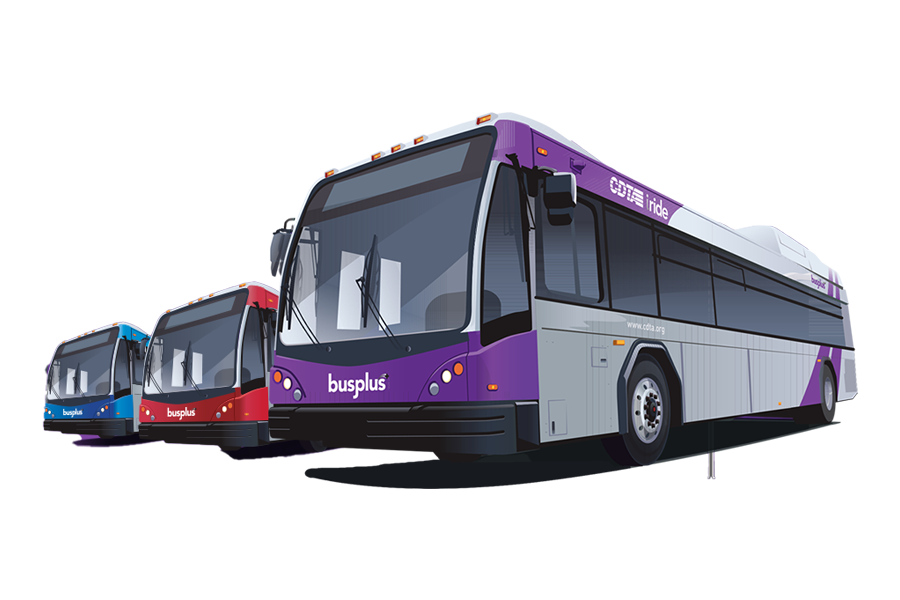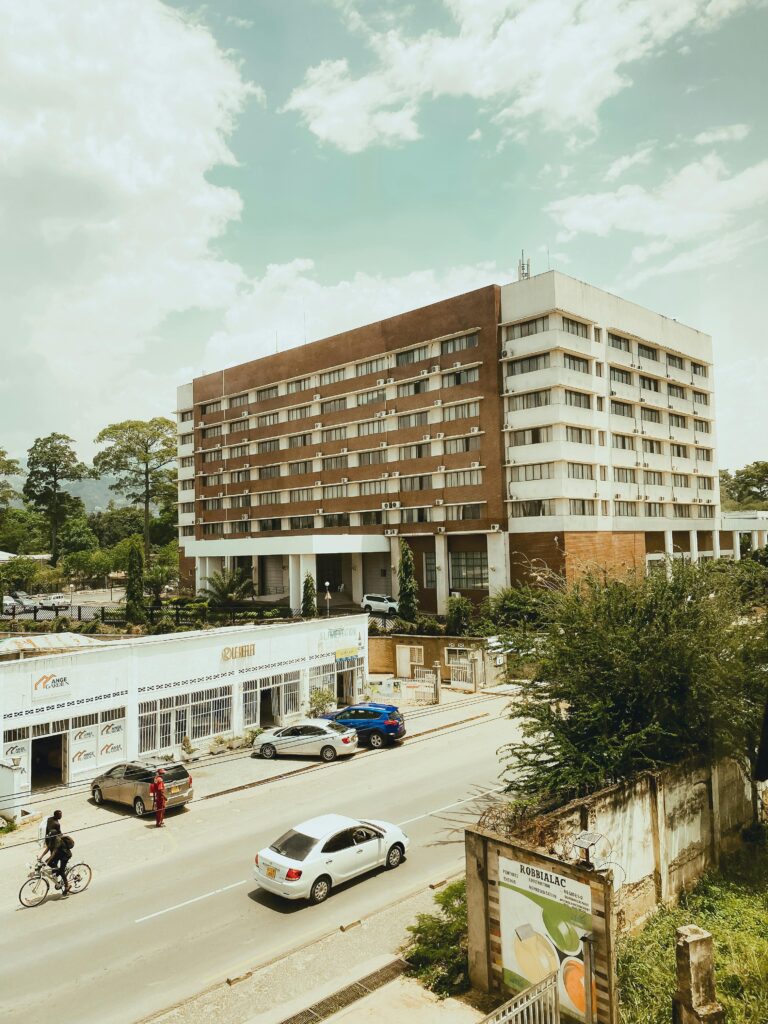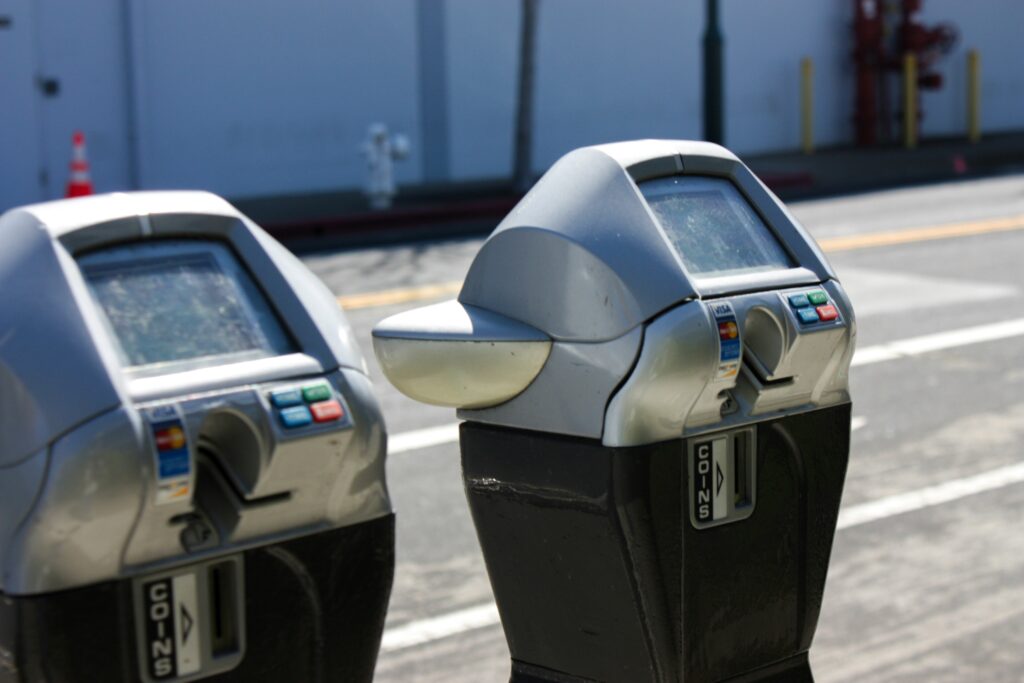Public Transit Vehicle Types, Capacities, and Use Cases
Choosing the right type of public transit vehicle is a balance between passenger demand, operating cost, capacity, and corridor constraints. From standard 12 m buses to high-capacity metro trains, each vehicle type has unique strengths and limitations. Planners often start by estimating peak-hour ridership and matching it to the seating and standing capacity of available […]










